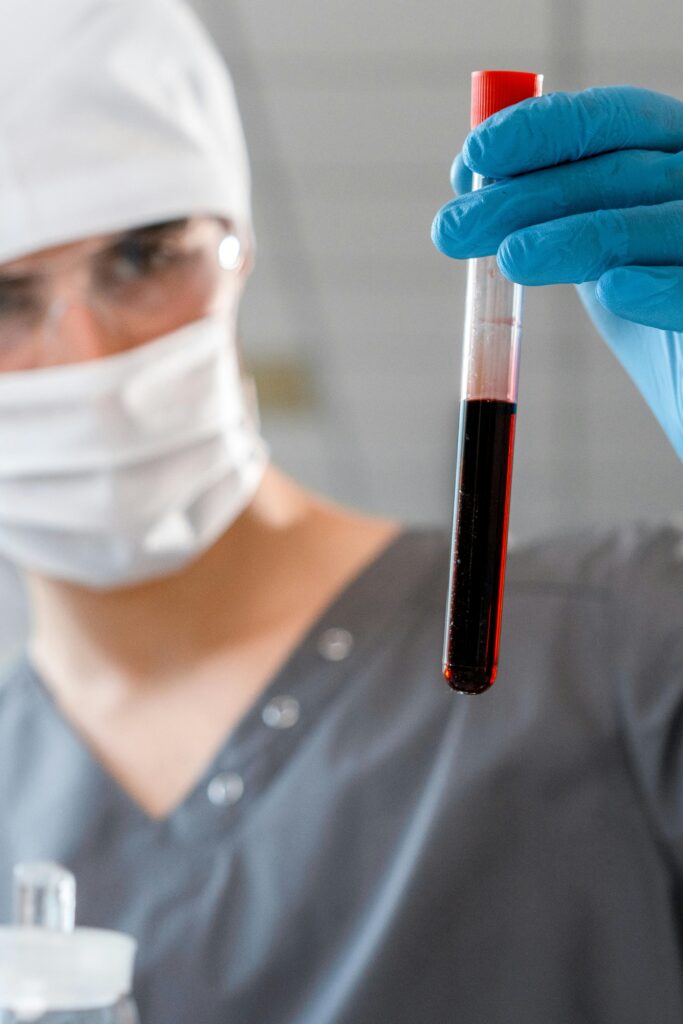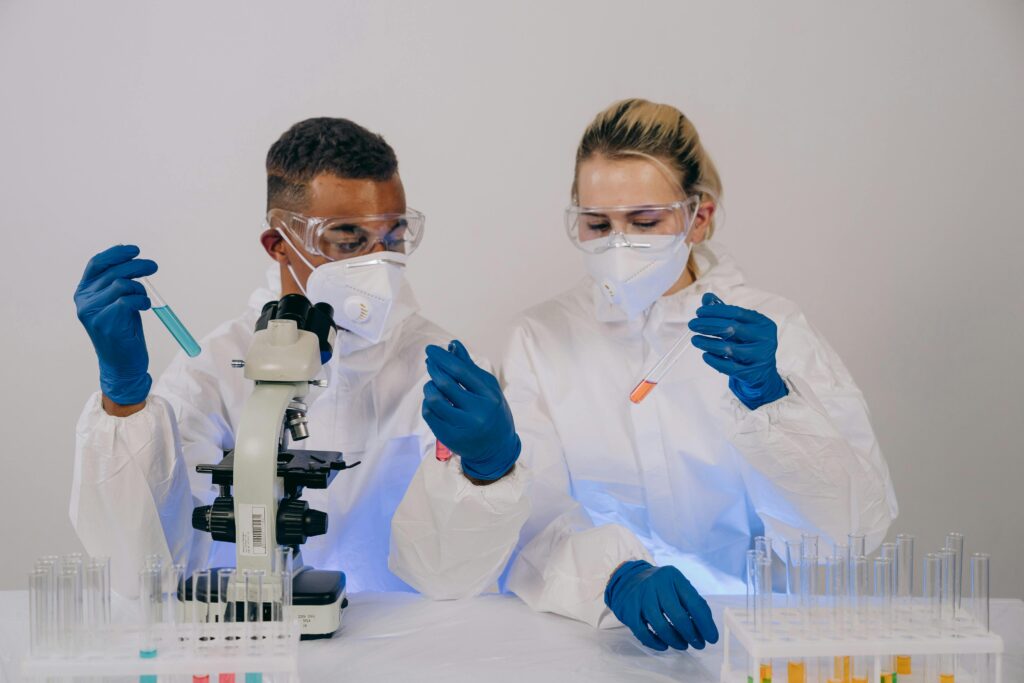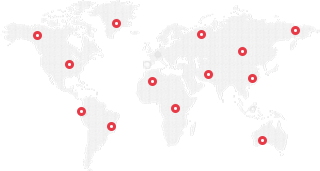
What is a drug test?
A drug test is a scientific analysis of biological specimens, such as urine, blood, hair, saliva, or sweat, to determine the presence of specific drugs or their metabolites in the body. These tests are commonly used in various settings, including workplaces, schools, and healthcare facilities, to detect drug use.
How do drug tests work?
Drug tests work by identifying the presence or absence of certain drugs in a person’s system. Depending on the type of drug test being conducted, different methods are used to detect the drugs. For example, urine tests detect recent drug use, while hair tests can detect drug use over a longer period.
Common types of drug tests
Common types of drug tests include urine tests, blood tests, hair follicle tests, saliva tests, and sweat tests. Each type of test has its own advantages and limitations, making them suitable for different purposes and detection windows.
Types of Drugs Detected
Which types of drugs can be detected in a drug test?
Drug tests can detect a wide range of substances, including illicit drugs like marijuana, cocaine, and methamphetamine, as well as prescription drugs such as opioids and benzodiazepines. The specific drugs that can be detected depend on the type of drug test being used and the substances being screened for.
Specific drugs tested in common drug screenings
Common drug screenings often include testing for drugs like THC (from marijuana), amphetamines, opiates, cocaine, and PCP. These drugs are frequently included in standard drug panels used for both pre-employment screenings and random workplace drug tests.
Prescription drugs and drug tests
While drug tests may primarily focus on detecting illicit substances, certain prescription drugs can also be included in screenings based on the requirements of the testing program. It’s essential to inform the testing facility about any prescription medications before undergoing a drug test to avoid false positive results.

Interpreting Test Results
What do positive and negative results indicate?
Positive results indicate the presence of the tested substance in the sample, suggesting recent drug use. On the other hand, negative results mean that the substance was not detected in the sample at the time of testing. However, it’s crucial to consider the limitations of each type of test in interpreting the results accurately.
Understanding false positive results
False positive results occur when a drug test incorrectly indicates the presence of a substance in the sample. This can happen due to factors like cross-reactivity with other compounds or issues during sample collection and processing. Confirmatory tests are often used to rule out false positives.
Dealing with conflicting drug test results
Conflicting drug test results can create confusion and raise questions about the accuracy of the testing process. In such cases, additional tests or a review of the testing procedures may be necessary to resolve any discrepancies and ensure the reliability of the results.
Workplace Drug Testing
Importance of drug testing in the workplace
Workplace drug testing is crucial for maintaining a safe and healthy work environment, reducing the risks associated with substance abuse, and complying with regulatory requirements. Employers often implement drug testing programs to deter drug use among employees and promote safety in the workplace.
Regulations and policies regarding workplace drug testing
The regulations governing workplace drug testing vary by jurisdiction and industry. Employers are required to adhere to legal guidelines, including the types of tests allowed, consent requirements, confidentiality of results, and consequences of positive tests. Compliance with these regulations is essential to ensure a fair and lawful testing process.
How to maintain a drug-free workplace
To maintain a drug-free workplace, employers should establish clear drug policies, provide education on substance abuse prevention, offer resources for employees struggling with addiction, and conduct regular drug screenings. Creating a supportive and drug-free environment benefits both employees and the organization as a whole.
Different Types of Drug Screens
Overview of common drug screening methods
Common drug screening methods include urine tests, which are cost-effective and non-invasive, making them widely used for drug testing programs. Hair testing provides a longer detection window, while saliva tests offer quick results. Each method has its own benefits and can be chosen based on specific testing needs.
Benefits and limitations of urine drug testing
Urine drug testing is one of the most common methods used for detecting drug use due to its ease of collection and ability to detect recent drug use. However, it has limitations, such as a shorter detection window for certain drugs compared to hair testing and potential issues with sample adulteration.
Other methods like hair testing and saliva tests
Hair testing is preferred for detecting drug use over an extended period, making it suitable for certain situations like post-accident testing. Saliva tests are convenient for on-site testing and can detect recent drug use. Employers can choose the method that best fits their testing requirements and objectives.
Q: What is the difference between a urine test and a urine sample in drug testing?
A: A urine test is a process of analyzing a urine sample to detect the presence of drugs or their metabolites. A urine sample is the actual sample collected for testing.
Q: What is a 10-panel drug test and how does it work?
A: A 10-panel drug test is a type of drug screening that tests for 10 different drugs or classes of drugs. It typically includes commonly abused substances like marijuana, cocaine, opiates, amphetamines, and more.
Q: Where can I find reliable drug testing services for the workplace?
A: You can find reliable drug testing services for the workplace by contacting reputable companies that specialize in drug testing or utilizing approved testing resources for employers.
Q: What are the common methods of drug testing used in the workplace?
A: Common methods of drug testing in the workplace include urine drug screens, blood drug tests, hair follicle drug tests, and saliva tests.
Q: What should I do if I need a drug test for employment purposes?
A: If you need a drug test for employment purposes, you should consult with your employer or HR department to determine the specific requirements and procedures in place.
Q: What are the consequences of a positive drug test result in the workplace?
A: Consequences of a positive drug test result in the workplace may include disciplinary action, termination of employment, or the requirement to undergo further testing or counseling.
Q: How does random drug testing work in a workplace setting?
A: Random drug testing in a workplace setting involves selecting employees at random to undergo drug testing without any prior notice. This helps deter substance abuse and ensure a safe work environment.










